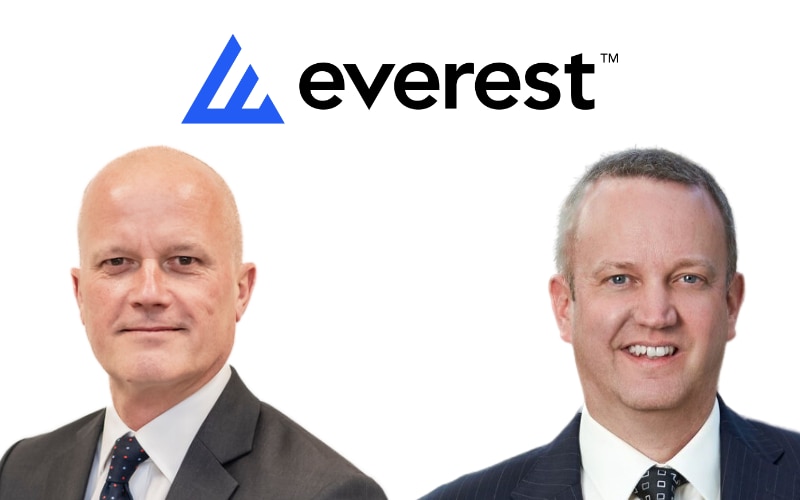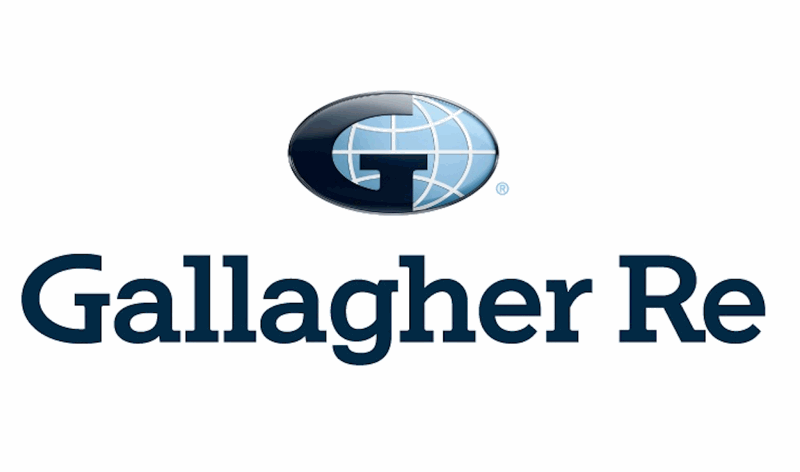Introduction
Have you ever assumed you were covered—only to find out the hard way that you weren’t? That’s the danger of insurance gaps. These sneaky blind spots in your coverage can leave you on the hook for thousands. The good news? You can find and fix them with a little awareness and action.
What Are Insurance Gaps?
An insurance gap is exactly what it sounds like: a hole in your coverage where you’re either completely uninsured or underinsured. It might be temporary (like during a job change) or permanent (like never adding flood insurance to your homeowners policy).
Why They Matter More Than You Think
Even one uncovered incident can ruin you financially. Insurance gaps can lead to denied claims, legal trouble, or massive out-of-pocket costs. That’s why it’s crucial to spot and fix them early.
Common Causes of Insurance Coverage Gaps
Changing Jobs or Insurers
Switching jobs often means switching health plans—and even a one-day gap can expose you to major risk. The same goes for auto or homeowners insurance when changing providers.
Policy Cancellations or Lapses
Miss a payment or forget to renew? Your policy can lapse, and you may not even realize you’re unprotected until it’s too late.
Not Understanding What Your Policy Covers
Just because you have insurance doesn’t mean you’re covered for everything. Many people assume they’re protected against things like floods or cyberattacks—but those usually require separate policies.
Failing to Update Coverage with Life Changes
Marriage, a new baby, a home renovation, or starting a business—all of these events should trigger an insurance review. If you don’t update your policy, you might be underinsured.
Types of Insurance Coverage Gaps to Watch For
Health Insurance Gaps
These are especially dangerous. Even a short lapse can mean no coverage for accidents, illnesses, or prescriptions. It’s a top priority to avoid.
Auto Insurance Gaps
Driving without coverage—even for a day—can lead to license suspension, fines, or jail in some states. Plus, you’ll pay more later due to a “coverage gap” on your record.
Homeowners or Renters Insurance Gaps
Did you upgrade your kitchen or buy a bunch of new electronics? If you haven’t adjusted your policy limits, you might be underinsured.
Life Insurance Gaps
As your family grows or your income increases, you might need more coverage. If you’re still rocking that basic $50k policy from a decade ago, it’s time to reassess.
Business Insurance Gaps
From cyber insurance to professional liability, many small businesses overlook key coverage areas. One lawsuit or data breach could wipe you out.
The Financial Risks of Insurance Gaps
Out-of-Pocket Costs
If something isn’t covered, you’re paying out of pocket. Medical bills, car repairs, or home damage can be tens of thousands—or more.
Denied Claims
Insurance won’t pay for something that isn’t in your policy. If a claim falls into a gap, you’re stuck with the bill.
Legal and Penalty Risks
In some cases, going uninsured can mean fines or legal action. Think car insurance, workers’ comp, or professional liability.
How to Identify Gaps in Your Insurance
Review Policy Documents Carefully
Read the fine print—even if it’s boring. Look for exclusions, limits, and uncovered risks.
Compare Coverage Against Real-World Scenarios
What would happen if your house caught fire? Your car was totaled? You were hospitalized? If you don’t know how your policy would respond, you’ve got homework to do.
Ask an Insurance Professional for a Coverage Audit
Many brokers and agents offer free reviews. They’ll tell you what’s missing—and how to fix it.
How to Address and Fix Insurance Gaps
Step 1: Assess Your Needs and Risks
Start with a simple list: your home, health, car, job, valuables, dependents, and future goals. What needs protection?
Step 2: Consult With an Insurance Agent or Broker
Don’t try to DIY this. A professional can guide you to the right policies and point out things you didn’t even think about.
Step 3: Consider Add-On Coverage or Riders
Need flood coverage? Identity theft protection? Jewelry insurance? Riders or add-ons are an easy way to close small but dangerous gaps.
Step 4: Shop Around for a Comprehensive Policy
If your current plan can’t cover all your needs, shop around. You may find better rates and broader coverage elsewhere.
Step 5: Create a Coverage Maintenance Schedule
Set a calendar reminder to review your coverage annually—or after any major life event. Staying proactive is the best way to avoid gaps.
Tools and Resources to Help You Monitor Your Insurance
Digital Policy Management Apps
Apps like Policygenius, Gabi, or Insurify help you compare plans, track renewals, and even get quotes on new coverage.
Annual Insurance Reviews
Whether it’s with a broker or on your own, schedule a yearly sit-down to review your coverage across all areas.
Financial Planners and Risk Consultants
If your finances are complex or your business is growing, consider hiring a pro to do a full risk assessment.
How to Prevent Future Gaps in Coverage
Automate Premium Payments
Missing a payment can cancel your policy—set it and forget it with auto-pay.
Bundle Policies for Better Coverage
Bundling home, auto, and life insurance often comes with discounts—and better coordination of your policies.
Regularly Update Life Events With Your Insurer
Bought a car? Got married? Had a baby? Let your insurance provider know immediately.
When You Might Want Gap Insurance
Leasing or Financing a Car
Gap insurance covers the difference between what you owe and what your car is worth if it’s totaled.
High-Value Items Not Covered by Standard Policies
Jewelry, art, collectibles, or electronics often exceed standard coverage limits. Add a rider.
Short-Term Gaps During Job Transitions
Use COBRA, short-term plans, or marketplace options to avoid lapses in health insurance.
Mistakes to Avoid
Assuming You’re Covered for Everything
Always double-check. Floods, earthquakes, identity theft, and business-related losses usually need extra policies.
Letting Policies Lapse Due to Missed Payments
Even one missed payment can cancel your coverage—and restarting it may cost more.
Ignoring Policy Renewals and Updates
Life changes fast. Review and update your policy every year, or whenever something major changes.
Conclusion
Insurance gaps might not seem like a big deal—until they are. One overlooked clause or unpaid premium can leave you exposed when it matters most. But the power is in your hands. With regular reviews, smart planning, and a bit of guidance, you can patch those holes and stay fully protected. Don’t wait for a crisis to find out you weren’t covered—do the work now and breathe easier later.
FAQs
What is a gap in insurance coverage?
A gap is any period or scenario where you’re not fully protected by your insurance policy—either due to a lapse, limitation, or lack of coverage.
How do I know if I have a gap in coverage?
Read your policy documents, consider real-life “what-if” scenarios, and talk to an insurance expert. If something important isn’t covered, that’s a gap.
Can I backdate insurance to cover a gap?
Usually not. Insurance starts on the policy’s effective date, and backdating is generally not allowed.
How much does gap insurance cost?
For auto gap insurance, it’s often $20–$50/year. Other types of gap coverage vary based on the risk and amount of protection needed.
Is gap insurance only for cars?
No. While commonly used in auto policies, gap insurance can apply to property, business, and even healthcare-related scenarios where coverage is lacking.
Please don’t forget to leave a review.


